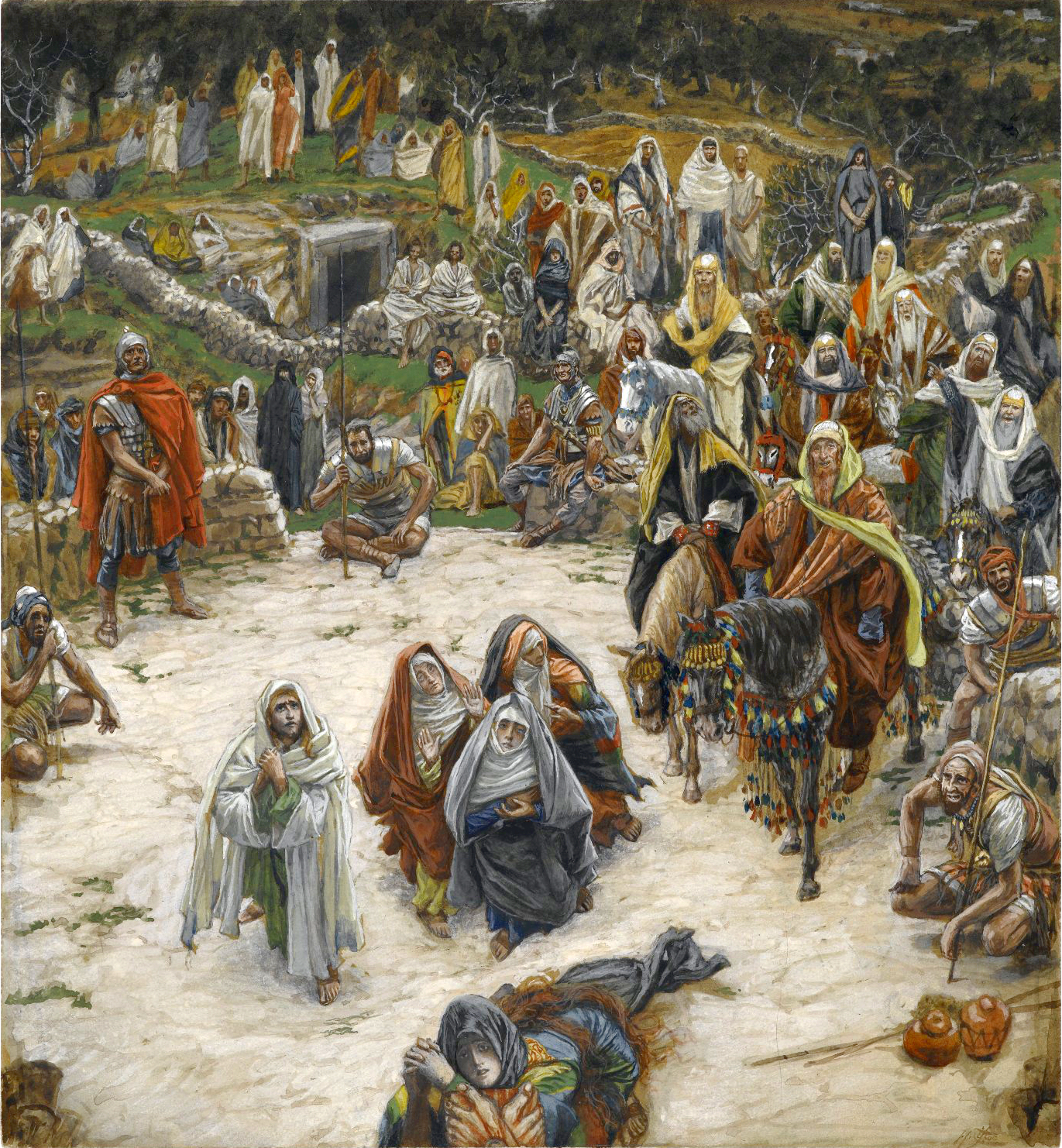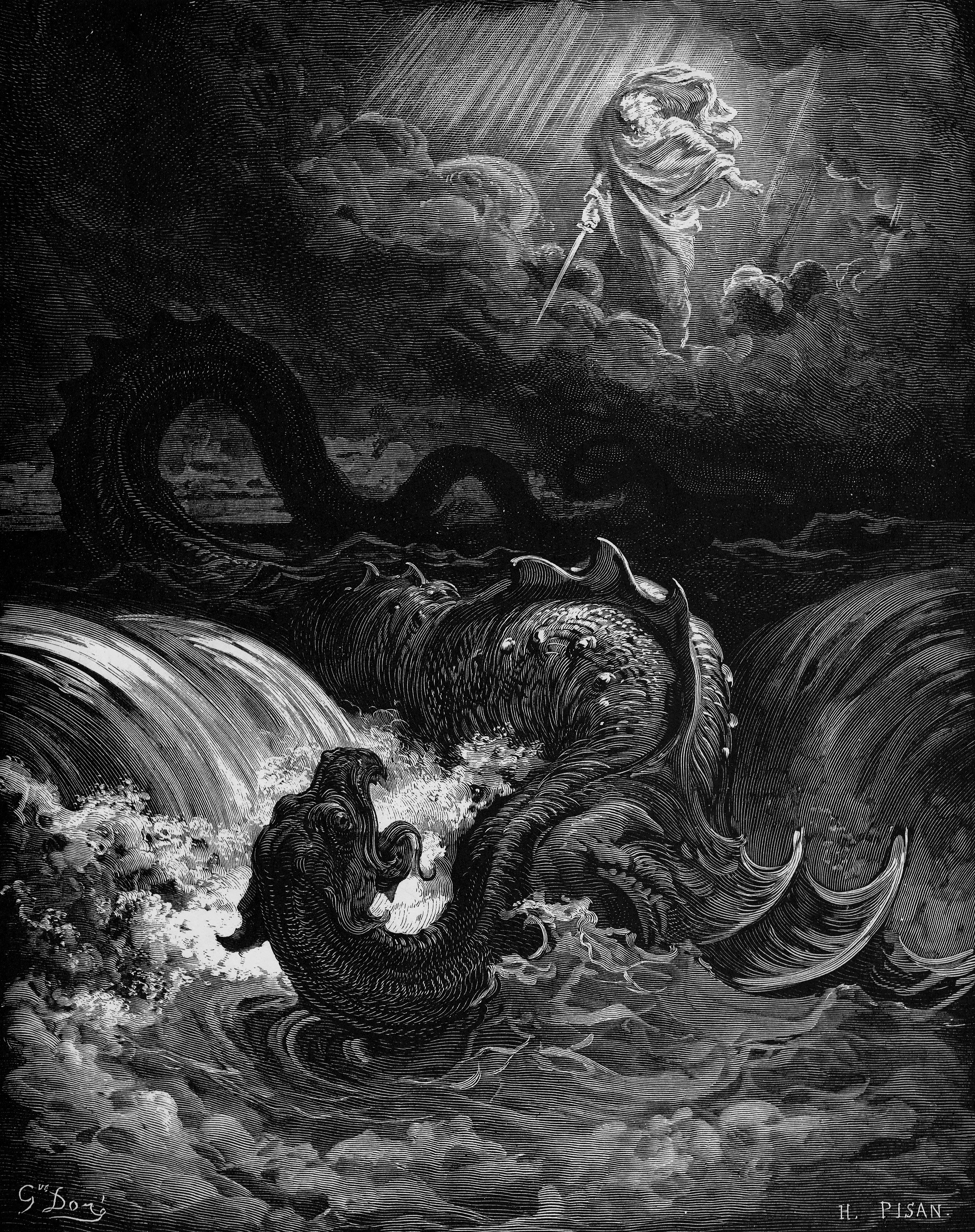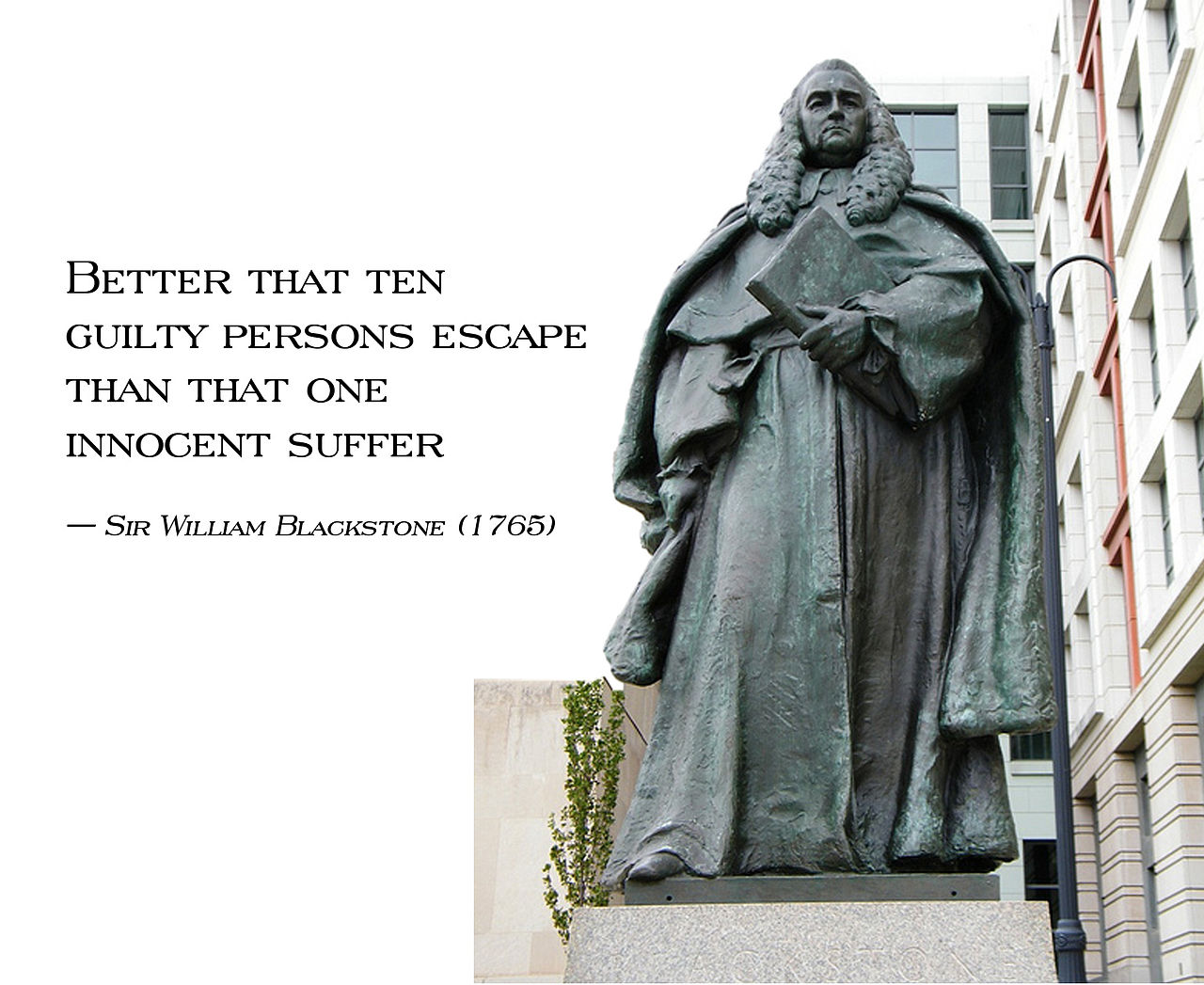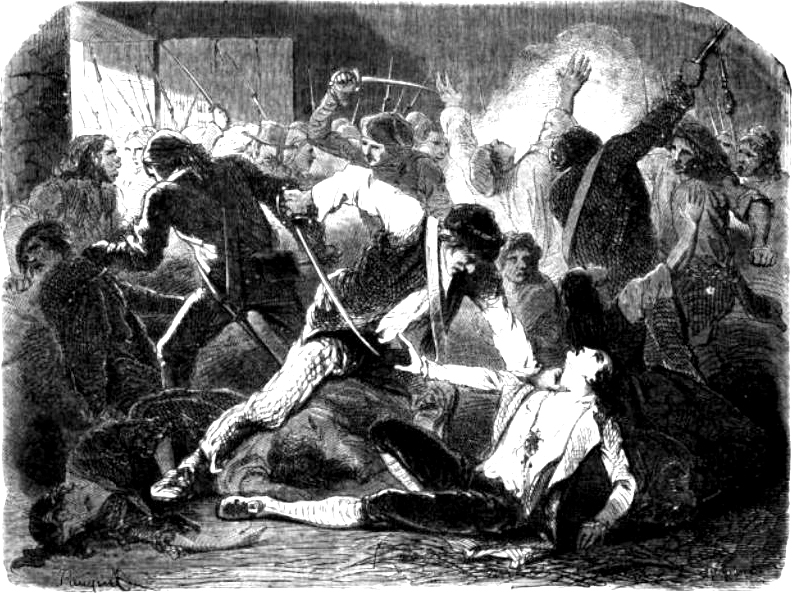
“Solomon” (at upper left) – who did not write Ecclesiasticus – and his “Judgment…”
Since Friday – 17 October 2014 – the Old Testament readings in the Daily Office have been from the Book of Eccesiasticus, not to be confused with the better-known Book of Ecclesiastes, which inspired the 1965 hit song. See Turn! Turn! Turn! – Wikipedia and The Byrds – Turn, Turn, Turn – YouTube. (See also the readings at Lectionary – Satucket.com). That brings up those old-time “Wisdom Books,” both in and outside the Bible. See Wisdom literature – Wikipedia:
Wisdom literature is a genre of literature common in the Ancient Near East [using] traditional story-telling [to] offer insight and wisdom about nature and reality… The most famous examples … are found in the Bible [, including] the Book of Job, Psalms, the Book of Proverbs, Ecclesiastes, Song of Songs, the Book of Wisdom (also known as Wisdom of Solomon) and Sirach (also known as Ben Sira or Ecclesiasticus). (E.A.)
Here’s some wisdom from Ecclesiasticus: “Do not be so sure of forgiveness that you add sin to sin.” (5:5.) That idea is related to the Unforgivable Sin Jesus noted in Mark 3:28-29; “the sinful things you say or do can be forgiven, no matter how terrible those things are. But if you speak against the Holy Spirit, you can never be forgiven. That sin will be held against you forever.”
The June 2014 post “Holier than thou” discussed that concept, along with self-righteousness and hypocrisy in general. The post then asked, “So how do you know if you’re self-righteous???”
The answer? “That’s the problem, you don’t. If you’re self-righteous or are ‘holier than thou,’ you won’t realize it.” But if you’re worried you may have committed this Biggest Sin, “you probably haven’t.” Just being aware you may have done it “can assure you that you haven’t.”
Which brings us back to Wisdom Books. One example is the Wisdom of Solomon, “considered deuterocanonical by some churches such as the Roman Catholic Church[, but not to be] confused with the Wisdom of Sirach, a work from the 2nd century BC, originally written in Hebrew.” See Sirach – Wikipedia, the free encyclopedia:
The Book of the All-Virtuous Wisdom of Joshua ben Sira … is a work of ethical teachings from approximately 200 to 175 BCE written by the Jewish scribe Shimon ben Yeshua ben Eliezer ben Sira of Jerusalem[,] generally considered the earliest witness to a canon of the books of the prophets, and thus the date of the text as we have it is the subject of intense scrutiny. The book itself is the largest wisdom book to have been preserved from antiquity.
See also Shimon ben Yeshua, about the guy who wrote Ecclesiasticus. Wikipedia said he traveled extensively and spoke “of the perils of all sorts from which God had delivered him;” especially the calumnies of an Egyptian king, possibly Ptolemy V Epiphanes (from 203–181 BC and married Cleopatra I), or Ptolemy VI Philometor, from 181 BC for about 30 years.
The only fact known with certainty, drawn from the text itself, is that Ben Sira was a scholar, and a scribe thoroughly versed in the Law… (E.A.)
Did I mention that I’ve been through the Bible ten times now? (See THE SCRIBE, above.) And on this last trip I ran across some “ancient bits of wisdom.”
For example, the DORs for Saturday October 18 included Ecclesiasticus 3:18, “The greater you are, the more humbly you should behave, and then you will find favor with the Lord.” That day’s readings also had this, from 3:26; “Whoever loves danger will perish by it.”
The readings for Monday October 20 included Ecclesiasticus 5:5 (“Do not be so sure of forgiveness…”), and Thursday October 23 had this, from 10:4: “The government of the earth is in the hands of the Lord, and over it he will raise up the right man for the time.*” On that note see On dissin’ the Prez, on the Bible mandate, “do not speak evil of a leader of your people.”
The readings for Friday October 24 included this, “Do not find fault before you investigate; first consider, and then reprove.” As to the media tendency to do precisely the opposite these days, see On “guilty until proven innocent” and also a lengthy movie review, On “Gone Girl” and Lazy Cusses – Part I, and On “Gone Girl” and Lazy Cusses – Part II.
Getting back to the main point of this Wisdom Book:
Ecclesiasticus deals with the sin of presumption. Presumption is to be overconfident in oneself and ability, in theology it is to presume on God’s mercy. Ecclesiasticus states; Do not be so sure of forgiveness that you add sin to sin. And do not say[:] His compassion is great He will forgive me my many sins. For with Him are both mercy and wrath and His rage bears heavy on sinners.
See Fr. Gabriel Burke: 20/02/11 – 27/02/11. And finally, here’s the last verse from the reading for Friday October 24, Ecclesiasticus 11:20, “Grow old in your work.“
That’s exactly what I hope to do with the blog…
Now, about that “Cleopatra” noted above. (Cleopatra I, queen of Ptolemy V Epiphanes who gave Ben Sira such grief.) She was not the one celebrated in the movie below. Elizabeth Taylor played Cleopatra VII (the Seventh), “who, being far better known than all others of that name, is known to history as Cleopatra without qualifications.” See Cleopatra – Wikipedia.
(Who knew? Seven different Cleopatras?)

The upper image is courtesy Peter Paul Rubens: The Judgement of Solomon – Statens Museum, which noted, “The painting has a warm and a cold side. This polarisation concerns both the grouping of the colors and the story itself. The warm colors – the yellow garments of the true mother, Solomon’s red cloak and golden throne – against the cold hues – the executioner’s blue sash, the false mother’s icily white dress, and the twisted silvery columns behind her. See also Book of Wisdom – Wikipedia, the free encyclopedia, and the article on Solomon contained therein: “Although the author’s name is nowhere given in the text, the writer was traditionally believed to be King Solomon because of references such as that found in IX:7-8.”
On the subject at hand, see also What is the “Unforgivable Sin”? | Bible Gateway Blog: “If you’re worried that you may be guilty of the unforgivable sin, you almost certainly are not,” Rick Cornish aptly points out in his book Five Minute Theologian. ‘Concern about committing it reveals the opposite attitude of what the sin is. Those who might be guilty wouldn’t care because they have no distress or remorse over the possibility.’”
As to the asterisk (“*”), some of the translations from Ecclesiasticus came from Ecclesiasticus / Sirach – Chapter 1 – Bible – Catholic Online, which translated Chapter 10 verse 4 as, “The government of the earth is in the hands of the Lord, he sets the right leader over it at the right time.”
The lower image was courtesy of Cleopatra (1963) – Turner Classic Movies, noting the 50th Anniversary DVD and/or Blu-Ray edition of the original starring Elizabeth Taylor and Richard Burton. See also Cleopatra – Wikipedia, the free encyclopedia.
















